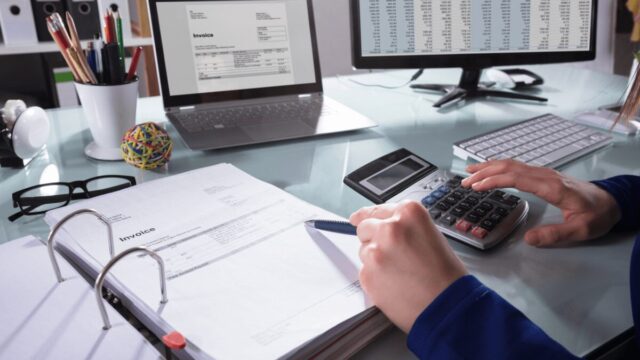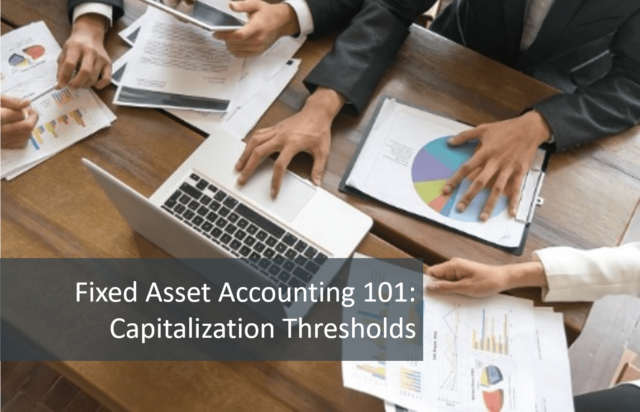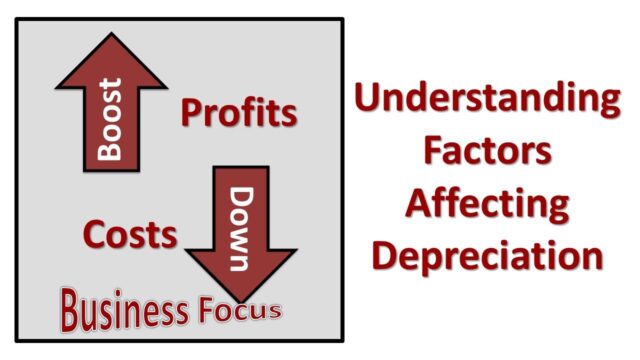
Fixed assets, often referred to as non-current or long-term assets, are critical components of a business’s operations. These are tangible or intangible resources that a company acquires, holds, and uses for an extended period, usually longer than one financial year. Fixed assets are instrumental in generating income and sustaining the growth of a business.
Types of Fixed Assets in Business
They can be broadly categorized into two groups: tangible and intangible fixed assets.
Tangible fixed assets are physical assets that a business owns and uses to produce goods or services. They include:
- Land: The ground on which a business operates, including any improvements made to it, such as landscaping or fencing.
- Buildings: Structures such as offices, factories, warehouses, and retail outlets.
- Machinery and Equipment: Production machinery, tools, vehicles, and office equipment.
- Furniture and Fixtures: Desks, chairs, and other furnishings that a business uses in its operations.
Intangible fixed assets are non-physical assets that contribute to a business’s earning potential. They include:
- Patents: Legal rights to inventions and processes, allowing a company to protect its intellectual property.
- Trademarks: Unique symbols, logos, or phrases that distinguish a business’s products or services from competitors.
- Copyrights: Legal rights to creative works, such as books, music, or software.
- Goodwill: The value attributed to a company’s reputation, customer relationships, and other intangible factors acquired in a business combination.
The Importance of Fixed Assets in Business Operations

They play a vital role in a business’s success. They enable companies to:
- Generate income: Resources, such as machinery and equipment, facilitate the production and sale of goods and services, directly contributing to revenue generation.
- Improve efficiency: Investing in modern technology and advanced machinery can increase a business’s efficiency and productivity.
- Enhance competitiveness: Owning valuable holdings can give businesses a competitive edge in their respective markets.
- Secure financing: Fixed assets can serve as collateral for obtaining loans, enabling businesses to fund growth and expansion.
Accounting: The Basics
Accounting for fixed assets is an essential aspect of a business’s financial management. It involves recording and tracking the value of long-term assets that a company uses in its operations. This process includes several key steps, from acquisition to disposal or retirement of the assets. Proper fixed asset accounting ensures accurate financial reporting, compliance with relevant regulations, and effective decision-making.
Acquisition and Initial Recognition

The acquisition and initial recognition of fixed assets are crucial steps in fixed asset accounting. These processes ensure that a company accurately records and values its long-term assets, allowing for proper financial reporting, tax compliance, and effective decision-making.
When a company decides to acquire a fixed asset, it must first identify the asset’s purpose and expected benefits. The decision to invest in a fixed asset may arise from various factors, such as business expansion, the replacement of outdated equipment, or the pursuit of new opportunities. A thorough analysis of the asset’s potential return on investment, costs, and risks should precede the acquisition.
Depreciation
Depreciation is the allocation of a fixed asset’s cost over its useful life, representing the wear and tear, obsolescence, or decline in value due to usage.
There are several depreciation methods, including:
- Straight-line method: Allocating the cost of an asset equally over its useful life.
- Declining balance method: Allocating a higher depreciation expense in the early years of an asset’s life and decreasing it over time.
- Units of production method: Basing depreciation on the asset’s actual usage, such as the number of units produced or hours used.
Factors Affecting Depreciation

Several factors can affect the depreciation of capital assets, including:
- Cost: The initial value of the asset.
- Useful life: The expected period during which the asset will be used in the business.
- Residual value: The estimated value of the asset at the end of its useful life.
- Depreciation method: The chosen method of allocating the cost over the asset’s useful life.
Impairment
Impairment of fixed assets is a significant concern for businesses. If its carrying value exceeds its recoverable amount, it is considered impaired. The recoverable amount is the higher of an asset’s fair value fewer costs to selling and its value in use. Value in use is the present value of the asset’s expected future cash flows.
When an asset is impaired, an impairment loss must be recognized in the income statement to reflect the reduction in the asset’s value. The impairment loss is calculated as the difference between the carrying value of the asset and its recoverable amount. The impairment loss reduces the carrying value of the asset in the balance sheet, and the loss is reported in the income statement.
It is crucial for businesses to regularly assess the recoverable amount of their fixed assets to ensure that their carrying value does not exceed it. Failure to recognize an impairment loss can result in financial statements that do not reflect the true value of the business’s assets, leading to inaccurate financial reporting.
Disposition

The disposition of fixed assets is an essential aspect of their management. Disposition refers to the sale, exchange, or scrapping of assets. It is crucial for businesses to dispose of fixed assets that are no longer useful or efficient and acquire new ones that better align with their long-term goals.
When a fixed asset is disposed of, it is necessary to record the gain or loss on disposal in the income statement. The gain or loss is calculated as the difference between the proceeds from the disposal and the carrying value of the fixed asset. The carrying value is the original cost of the asset minus accumulated depreciation.
If the proceeds from the disposal are higher than the carrying value of the asset, a gain on disposal is recorded. Conversely, if the proceeds from the disposal are lower than the carrying value of the asset, a loss on disposal is recorded. The gain or loss on disposal is reported in the income statement, and the carrying value of the asset is removed from the balance sheet.
Conclusion
Fixed assets are a critical part of any business, as they provide long-term value and help to generate revenue in the future. It is important that businesses take care when accounting for fixed assets so that their financial statements accurately reflect the true value of their company’s holdings. By understanding what fixed assets are, how to account for them properly, and why it is important to do so, businesses can ensure their financial reports remain accurate and reliable throughout the years.









